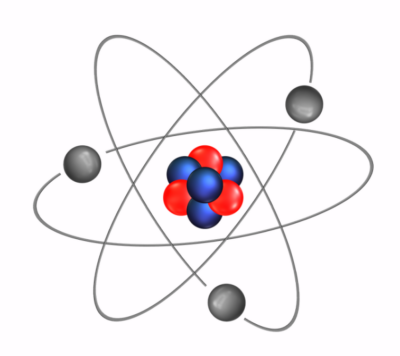Throughout my career as a scientist, I’ve always been captivated by the idea that all matter—everything we see, touch, and experience—is composed of atoms. It’s a concept that’s been central to our understanding of the universe, and yet, it’s still evolving. I often think about how far we’ve come since Democritus first mused about the existence of indivisible particles over two thousand years ago. His early ideas were just the seeds of what would become one of the most significant scientific theories of all time.
Fast forward to the early 19th century, and we meet John Dalton, whose work laid the foundation for modern atomic theory. Dalton proposed that all matter is made up of atoms, and these atoms combine in fixed ratios to form compounds. It was a groundbreaking revelation, and yet, it was only the beginning. I find it fascinating how his ideas were soon built upon by others like J.J. Thomson, who discovered the electron, and Ernest Rutherford, who revealed the structure of the atomic nucleus through his famous gold foil experiment. These discoveries transformed our understanding of what atoms are and how they function.
Niels Bohr’s model of electron orbits added yet another layer of sophistication. I’ve always admired how his work bridged classical and quantum physics, providing a clearer picture of atomic structure. However, it was the advent of quantum mechanics in the 20th century that truly revolutionized atomic theory. Learning about the Schrödinger equation and Heisenberg’s uncertainty principle during my studies felt like unlocking the secrets of an entirely new dimension. These concepts showed us that electrons don’t travel in fixed paths but occupy regions of probability called orbitals—a notion that still boggles the mind.
Today, I’m thrilled to see how atomic theory is applied across so many fields, from nanotechnology to quantum computing. It’s remarkable to think that this fundamental understanding of matter helps us design tiny machines, develop advanced materials, and even tackle questions about the nature of reality itself. The implications of atomic theory seem endless, and every discovery feels like a step closer to unlocking the universe’s deepest mysteries.
As I reflect on our journey through atomic theory, I’m reminded of how interconnected science is. Each discovery builds upon the last, a testament to human curiosity and ingenuity. It’s a privilege to be part of this ongoing story, contributing, however modestly, to the legacy of understanding matter and the universe itself.



